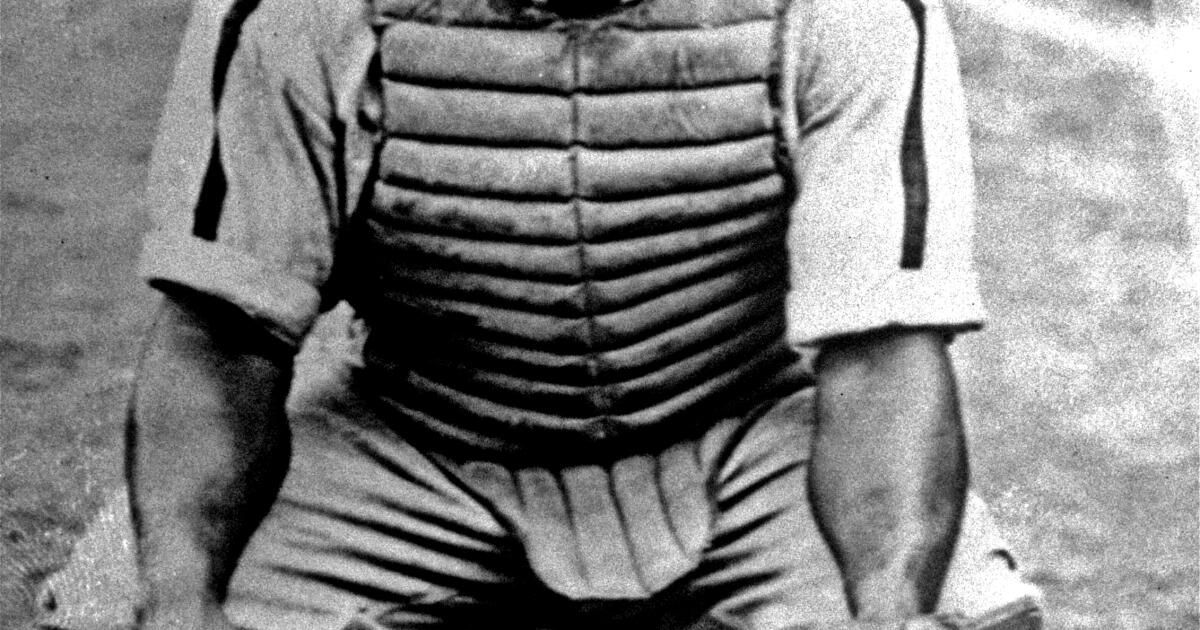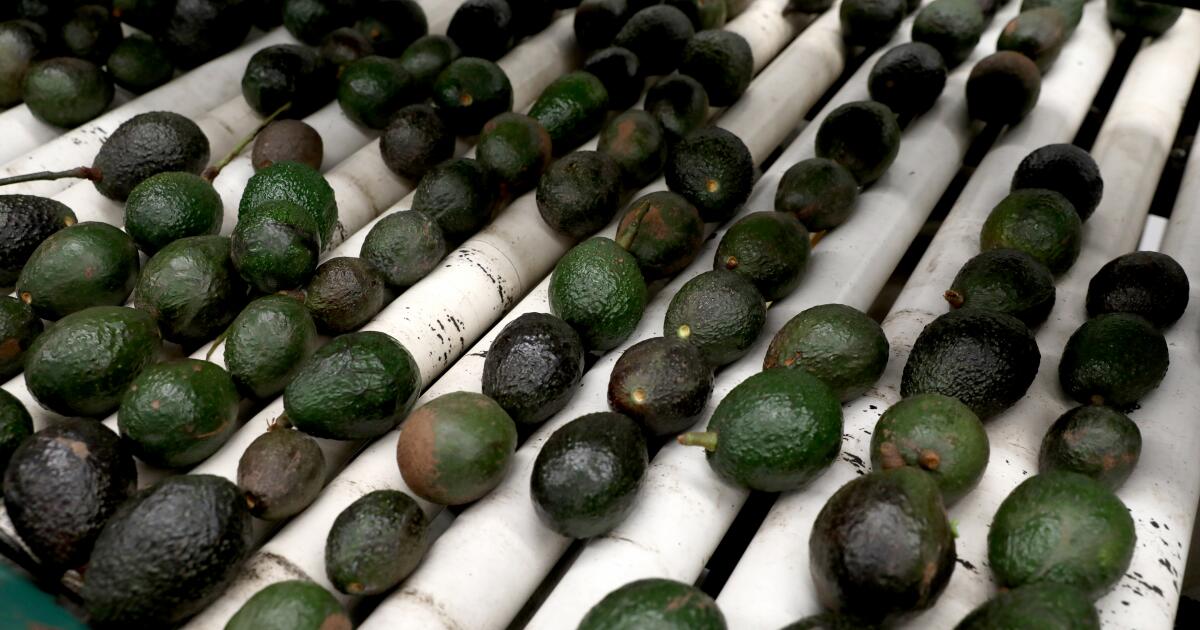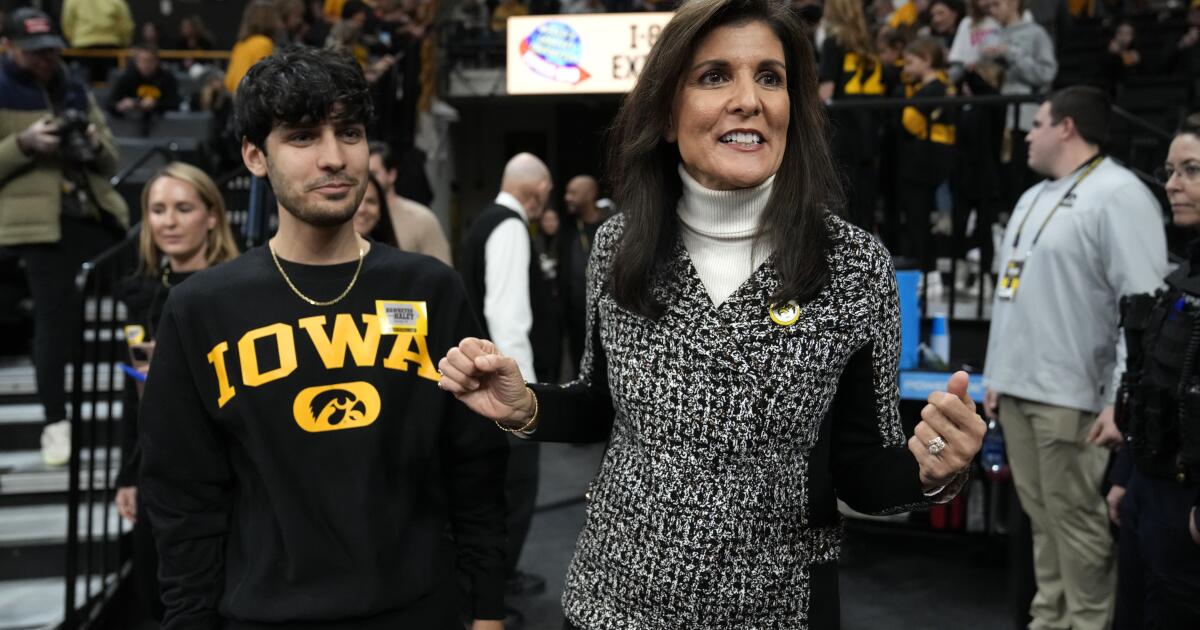Who holds the Major League Baseball record for the highest batting average in a single season?
It's not Ted Williams, with his .406 average in 1941, the last time anyone topped .400. It's not Ty Cobb, with his astonishing .420 average in 1911, nor even Nap Lajoie, whose .426 average in 1901 generally appears in the books as the record for players since 1900. Nor is it Hugh Duffy, whose .440 in 1894 It is the best if you immerse yourself in the 19th century.
It's Josh Gibson, who hit .446 for the Homestead Grays in 1943.
Gibson also holds the record for career batting average at .372. Generations of young fans were taught to believe that the champion was Cobb, who hit .366 in his career.
The Grays were a Negro League team that played their home games in a small Pennsylvania town across the river from Pittsburgh, then moved to the larger city and eventually split their time between Pittsburgh and Washington, DC. Gibson, a catcher, was a legendary player whose hitting prowess was known beyond his league despite racial segregation that prevented him from playing against or alongside his white contemporaries.
After decades of denying the exceptional performance of black players before Jackie Robinson broke the color barrier in 1947, Major League Baseball agreed in 2020 that the seven major Negro Leagues were in fact major leagues, as much as the National League or the American League.
That year was considered the centennial of the Negro Leagues. The racial reckoning following the police killing of George Floyd likely also played a role.
As of Wednesday, player statistics from each of those leagues have been incorporated into the previously existing major league record books.
Lest anyone object that this addition of 3,400 previously unrecognized players is ahistorical, or that players like Gibson never had to face pitchers from the National or American League, let us not forget that neither Cobb, Williams, Lajoie nor Babe Ruth had to face the best pitchers in history. the Negro Leagues. White players had better salaries and more luxurious stadiums, but fans of black games may have been watching a higher quality game. We can never really know.
MLB's action corrects a serious wrong that for too long has subverted our proper understanding of our baseball heritage. It means that players like Gibson, who never had the opportunity to play in the national or American leagues, can be recognized for having played in the majors after all and, in fact, dominating them.
It means that great black players like Willie Mays can be recognized for all of their on-field accomplishments in the Negro Leagues and during their careers in integrated baseball. It means that great white players like Williams and Ruth will finally be able to compare themselves to all the other greats instead of an artificially selected few.
The closest baseball came to having the best teams playing each other came in the early years of the last century, when all-white and all-black teams faced off in offseason exhibition games. But clubs in the National and American Leagues were so frequently attacked by black teams that the embarrassed owners of the white teams ended interleague play.
Now the numbers, at least, are built in, and young fans who pore over the statistics can see that there were once many major leagues and many great athletes who played the uniquely American game of baseball, even before all Americans could play. in the same sport. field.












